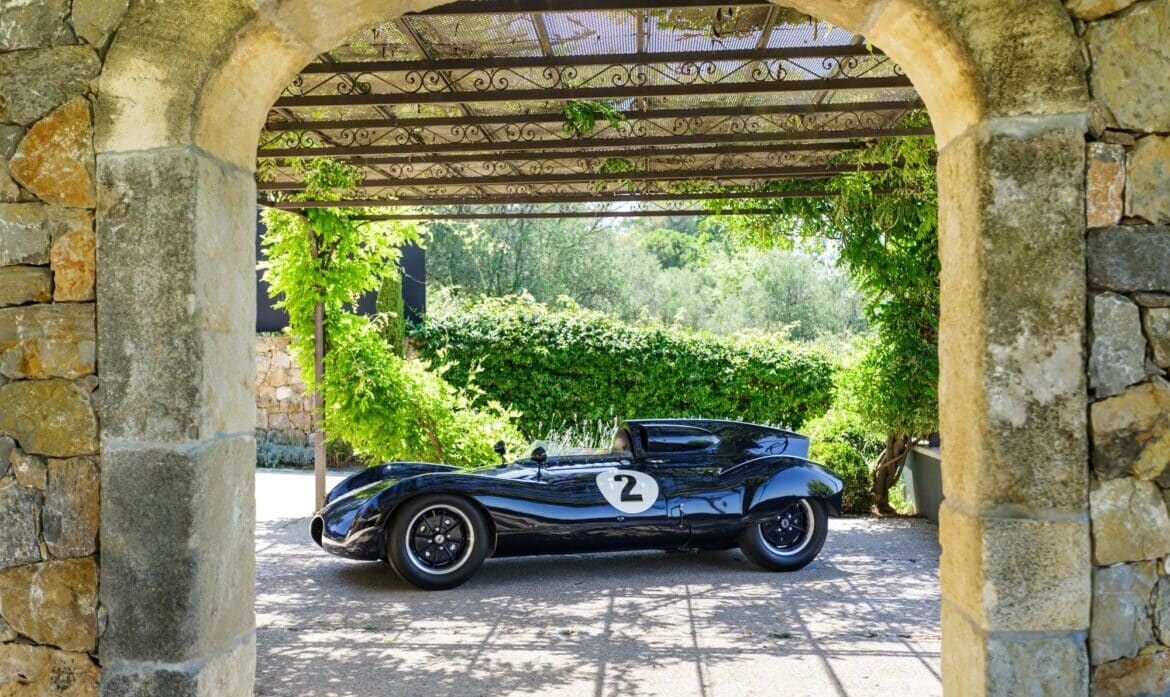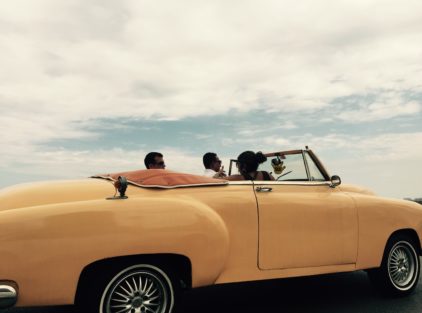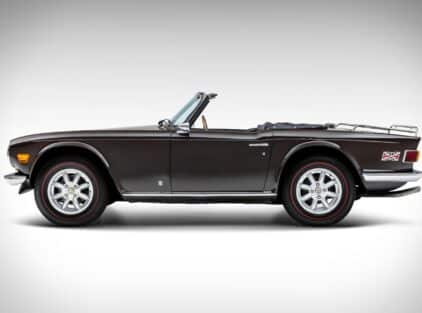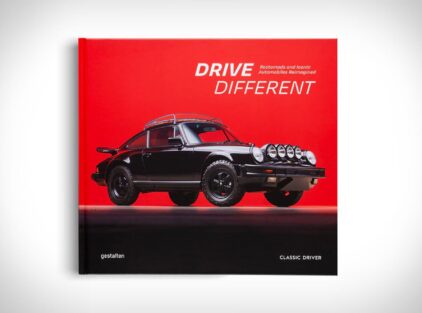In the pantheon of Formula 1 history, certain cars stand out not only for their performance but for the seismic shifts they represent in the sport’s evolution. The 1955 Cooper-Bristol T40 is one such vehicle, a car that didn’t just race but also pioneered a revolution in motor racing. This remarkable machine, famously piloted by three-time Formula 1 World Champion Jack Brabham, holds the distinction of being the first rear-engined Formula 1 car, marking the dawn of a new era in the sport.
The T40 made its debut at the 1955 British Grand Prix at Aintree, a race that, while not particularly successful in terms of results, showcased the innovative spirit that would come to define modern Formula 1 racing. The car, a fusion of Cooper’s T39 chassis and a Bristol 2.0-litre, six-cylinder engine, faced significant challenges on the day. Despite Brabham’s valiant efforts, the T40 struggled with mechanical issues, including a damaged clutch and a gearbox that had been altered to fit within the chassis. These difficulties led to the car qualifying in 25th position and retiring from the race after an overheating engine issue. However, this race was not the end of the T40’s story but rather the beginning of its lasting legacy.

The T40 was instrumental in shaping the future of Formula 1, proving that the rear-engined layout, which was revolutionary at the time, was the way forward. Brabham, undeterred by the car’s initial setbacks, continued to develop and race the T40 in non-championship events, including a notable 4th place finish at Snetterton after a thrilling duel with Stirling Moss. This period was pivotal for Brabham, as he later reflected that without the success and development he achieved with the T40, he might have returned to Australia, and Formula 1 might have lost one of its greatest talents.
After its stint with Brabham, the T40 passed through the hands of several notable owners, including Reg Smith, who purchased the car to finance Brabham’s return to Europe, where his legendary career would truly take off. The car continued to change hands, being modified and then restored to its original configuration by subsequent owners, with its most recent restoration focusing on a full engine and braking system rebuild by Intermat Developpement in France.
Today, the Cooper-Bristol T40 stands not just as a piece of racing history but as a symbol of innovation and determination. This car is more than just a collectable; it is a testament to the pioneering spirit of Formula 1, a piece of history that continues to captivate and inspire.

















